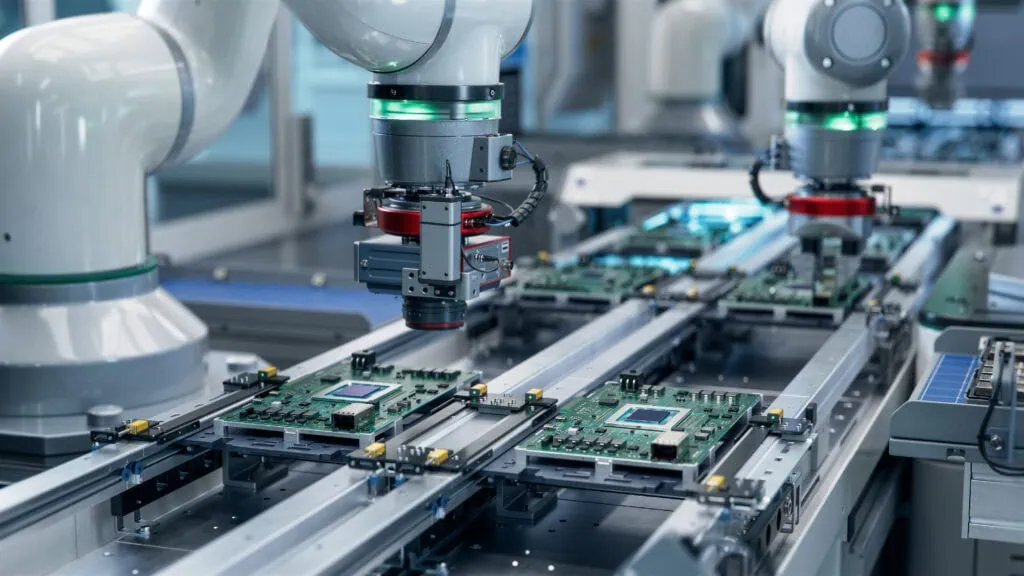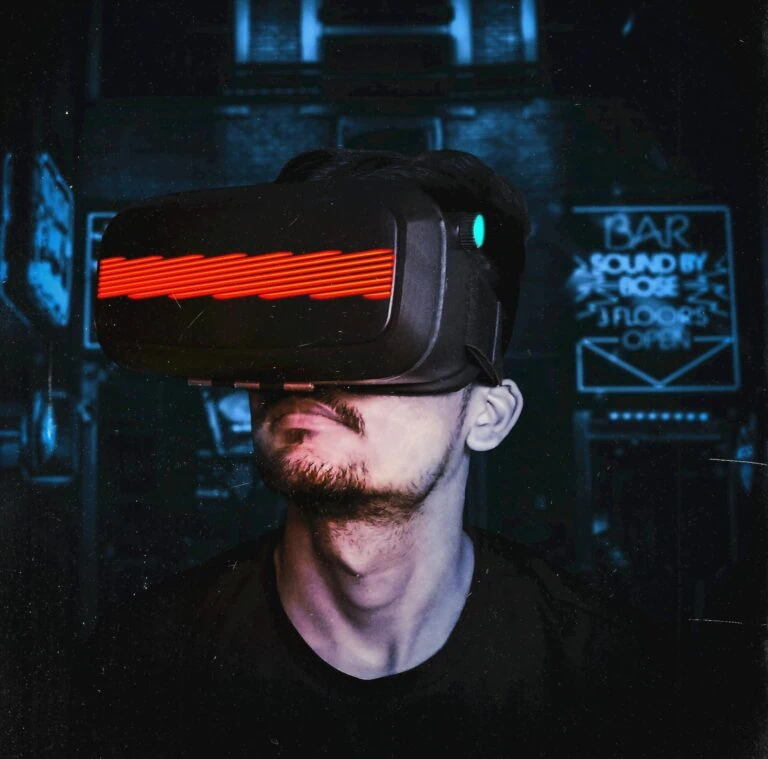Electronic Filtration Demand Reflects Global Chip Expansion
Why a niche market’s growth is a healthy signal for semiconductors and electronics manufacturing.
A new market study projects the electronic filtration sector will grow from $4.6B (2024) to $8.69B (2032) at ~8.3% CAGR. While most of our readers aren’t shopping for filters, this is a leading indicator that cleanroom capacity, fab utilization, and advanced manufacturing projects are expanding—good news for chipmakers and the broader components ecosystem.
WHAT THE NUMBERS SAY
Global outlook: $4.60B → $8.69B by 2032 (CAGR ~8.29%).
United States: ~$871M (2024) → ~$1.70B (2032), nearly doubling as advanced manufacturing and data center builds accelerate.
Where the spend is concentrated:
- Air filtration holds the largest share (~42.5%), critical for removing sub-micron particles that compromise yield.
- Glass fiber media leads among materials (~26.4%), widely used in HEPA/ULPA filters for ISO-rated cleanrooms.
- Cleanroom environments are the largest application (~35.9%), spanning semiconductor fabs, advanced displays, aerospace electronics, and medical devices.
Regional lens: Asia Pacific maintains the largest share (≈38.6%) on the strength of established hubs in China, Taiwan, South Korea, and Japan—while U.S. growth reflects new fab projects, defense electronics, and high-density data centers.
WHY FILTRATION GROWTH SIGNALS CHIP STRENGTH
Filtration spend rises when manufacturers:
- Add or upgrade cleanrooms (new fabs, lines, or nodes),
- Tighten contamination control to protect shrinking geometries and advanced packaging, and
- Scale critical facilities like AI-centric data centers where clean air and clean liquids protect uptime.
Because filtration sits upstream of the wafer, assembly, and test processes, and ties directly to ISO cleanroom compliance, it often moves with fab buildouts and utilization. In short: more filtration usually means more chips in the pipe (or soon to be).
WHAT’S DRIVING DEMAND NOW
- Smaller nodes, tighter tolerances: As devices shrink and integrate more densely, yield becomes hypersensitive to airborne and liquid-borne contaminants.
- New capacity + retrofits: Onshoring and capacity diversification initiatives (including U.S. projects) require greenfield cleanrooms and retrofits of existing facilities.
- AI & high-performance compute: Hyperscale data centers increase demand for precise HVAC and liquid cooling filtration to protect equipment and reduce downtime.
- Regulatory & sustainability pressure: Cleaner processes and energy-efficient, low-pressure-drop media support sustainability goals while maintaining ISO performance.
IMPLICATION FOR OEM’S, CM’s, AND PROCUREMENT TEAMS
- Plan earlier for sensitive components: As more facilities tighten contamination control, some process-critical parts (sensors, advanced packaging materials, specialty chemicals) can see sporadic allocation.
- Qualify alternates where possible: With tighter specs and validation windows, having pre-qualified alternates for key line items reduces project risk.
- Watch EOL/crosses: Cleanroom-adjacent upgrades often coincide with tooling changes—stay ahead of EOL notices and cross opportunities to avoid last-minute redesigns.
- Data center buildouts: For teams supporting AI/HPC customers, expect steady demand around power delivery, memory, networking, and thermal management components.
THE BOTTOM LINE
Rising electronic filtration spend points to more cleanrooms, stricter contamination control, and expanding advanced manufacturing capacity—all consistent with a healthier chip cycle and a supportive backdrop for components demand. It’s not exuberant hype; it’s a practical, operations-level signal that production environments are being built and maintained for higher output and yield.
HOW NETSOURCE TECHNOLOGY CAN HELP
Since 1997, NetSource has helped OEMs and CMs source hard-to-find parts, manage EOL risk, and keep builds on schedule. If filtration growth translates into the tighter components you rely on, we can:
- Secure constrained or allocated parts across global channels
- Proactively manage EOLs and crosses to protect your roadmap
- Monetize excess inventory to free working capital
Need support on an active build? Request a quote or talk to our team—we’ll help you source smarter and keep your projects moving.
VIEW AND DOWNLOAD THE FULL REPORT
DO YOU NEED TO source electronic components?
Contact us today for immediate availability and pricing!









